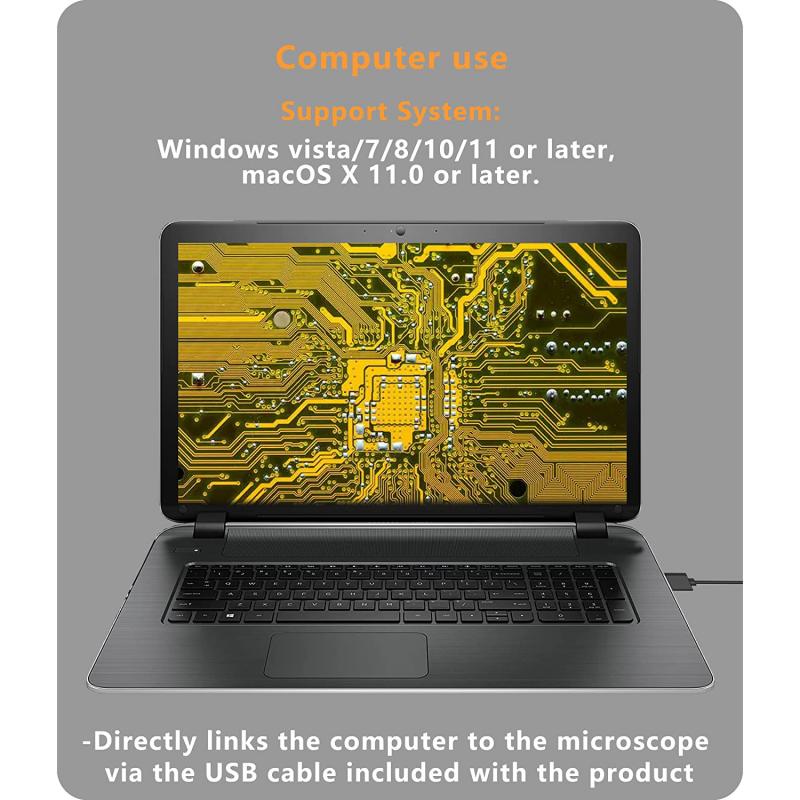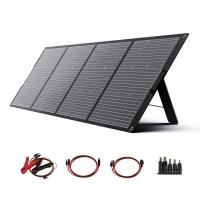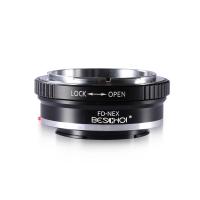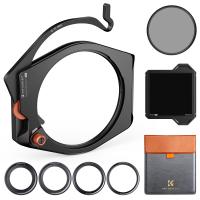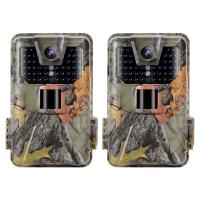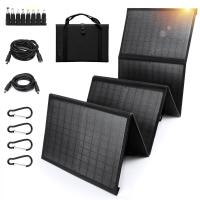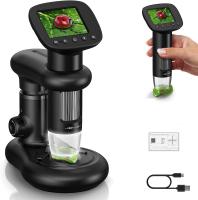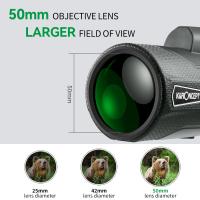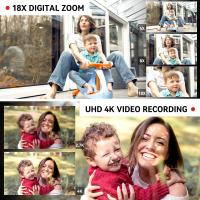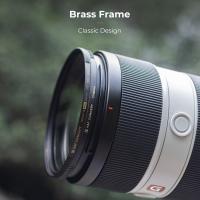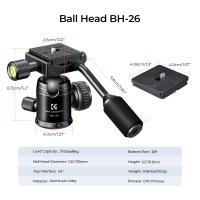How To Use A Digital Camera Book ?
To learn how to use a digital camera, you can refer to a book specifically designed for this purpose. These books typically provide step-by-step instructions and explanations on various camera functions, settings, and techniques. They may cover topics such as camera controls, shooting modes, exposure settings, focusing techniques, composition, and post-processing. Additionally, they may include tips and tricks for capturing different types of subjects, such as landscapes, portraits, or action shots. Some books may also delve into more advanced topics like manual exposure, creative lighting, and image editing. By following the instructions and practicing the techniques outlined in the book, you can gain a better understanding of your digital camera and improve your photography skills.
1、 Camera Basics: Understanding the functions and settings of a digital camera.
Camera Basics: Understanding the functions and settings of a digital camera is a comprehensive guide that will help you navigate the world of digital photography with ease. This book is designed to provide beginners with a solid foundation in using a digital camera, while also offering valuable insights for more experienced photographers.
The book starts by explaining the basic components of a digital camera, including the lens, sensor, and image processor. It then delves into the various shooting modes and settings available on most digital cameras, such as aperture, shutter speed, and ISO. The latest point of view is incorporated by discussing the advancements in technology, such as the introduction of mirrorless cameras and the increasing popularity of smartphone photography.
One of the key features of this book is its emphasis on practical application. It provides step-by-step instructions on how to use different shooting modes and settings to achieve desired results. Whether you want to capture stunning landscapes, freeze fast-moving action, or create beautiful portraits, this book will guide you through the process.
Additionally, Camera Basics covers important topics such as composition, lighting, and post-processing techniques. It offers tips and tricks to enhance your photography skills and take your images to the next level. The book also explores the creative possibilities of digital photography, including long exposure, HDR, and macro photography.
With its clear explanations, helpful illustrations, and hands-on exercises, Camera Basics: Understanding the functions and settings of a digital camera is an invaluable resource for anyone looking to improve their photography skills. Whether you are a beginner or an experienced photographer, this book will help you unlock the full potential of your digital camera and capture stunning images.
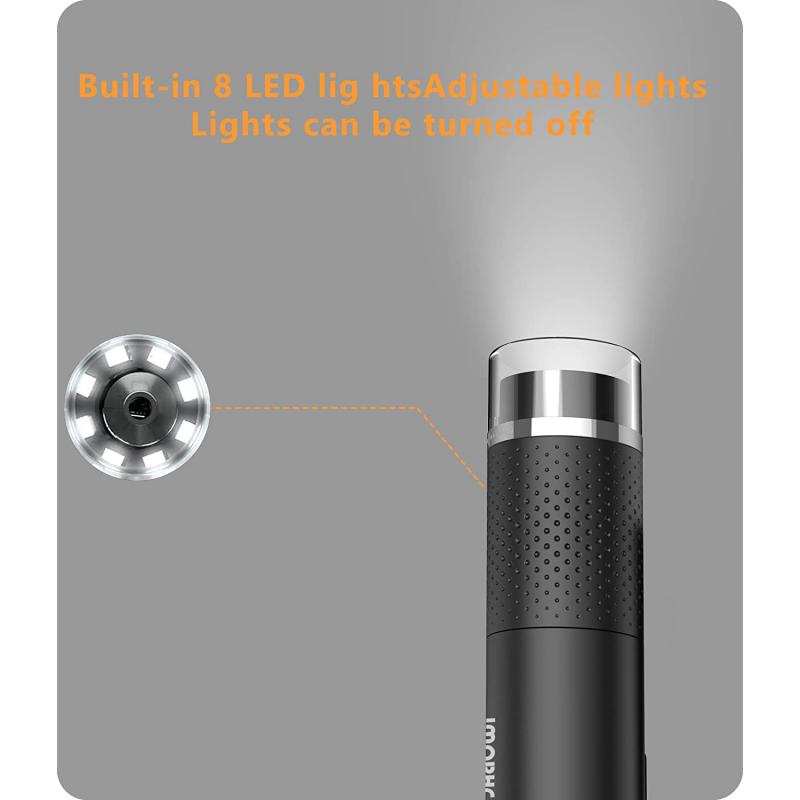
2、 Shooting Modes: Exploring different shooting modes for various scenarios.
"How to Use a Digital Camera Book" is a comprehensive guide that covers all aspects of using a digital camera effectively. One of the key topics discussed in the book is shooting modes, which are essential for capturing different types of scenarios.
The book provides a detailed explanation of various shooting modes available on digital cameras, such as manual, aperture priority, shutter priority, program, and scene modes. It explores how each mode works and when to use them to achieve the desired results. Additionally, the book offers practical tips and techniques for utilizing these modes effectively.
In the latest edition of the book, there is an emphasis on the importance of exploring different shooting modes for various scenarios. With advancements in camera technology, new shooting modes have been introduced, allowing photographers to capture unique and creative shots. The book highlights the benefits of experimenting with these modes and encourages readers to step out of their comfort zones to discover new possibilities.
Furthermore, the book addresses the growing trend of hybrid shooting modes, which combine multiple modes to provide greater flexibility and control. It explains how to navigate through these complex modes and make the most of their capabilities.
Overall, "How to Use a Digital Camera Book" provides a comprehensive understanding of shooting modes and their applications. It equips readers with the knowledge and skills needed to capture stunning photographs in any situation.
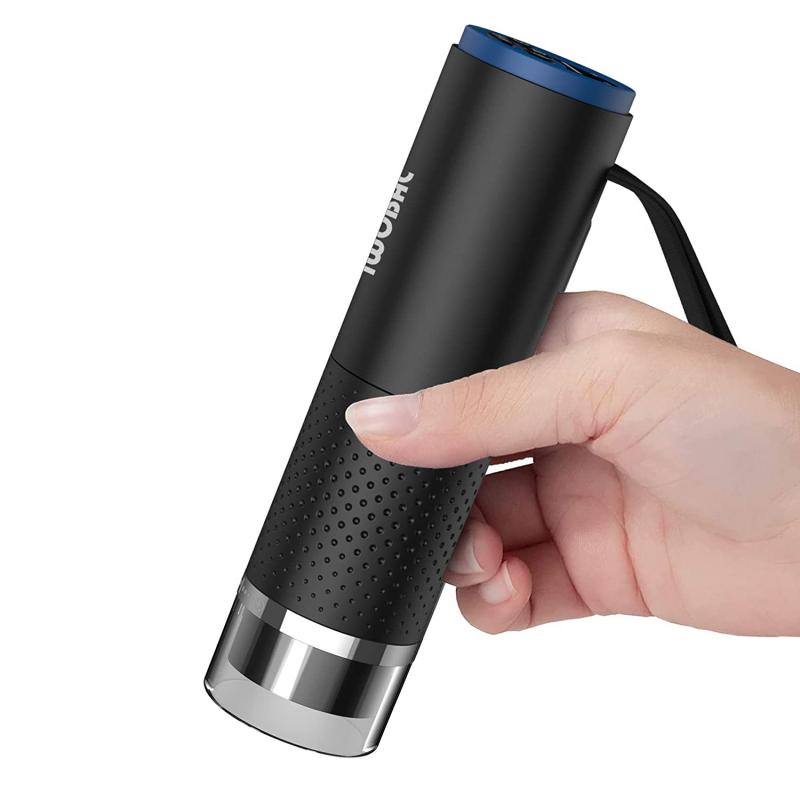
3、 Composition Techniques: Mastering the art of framing and composing photographs.
"How to Use a Digital Camera Book: Composition Techniques: Mastering the art of framing and composing photographs" is a comprehensive guide that provides valuable insights into the world of photography composition. This book is designed to help both beginners and experienced photographers enhance their skills and create visually captivating images.
The book starts by introducing the fundamental principles of composition, such as the rule of thirds, leading lines, and symmetry. It explains how to effectively use these techniques to create balanced and visually appealing photographs. Additionally, it delves into more advanced concepts like negative space, depth of field, and color theory, providing readers with a deeper understanding of how to create impactful compositions.
One of the latest points of view covered in this book is the incorporation of technology in composition. With the rise of digital cameras and editing software, photographers now have more tools at their disposal to enhance their compositions. The book explores how to use features like live view, histogram, and gridlines to compose images more effectively. It also discusses the role of post-processing in composition, highlighting techniques like cropping, adjusting exposure, and enhancing colors.
Furthermore, the book emphasizes the importance of experimentation and creativity in composition. It encourages readers to think outside the box and explore unconventional angles, perspectives, and framing techniques. It also provides practical exercises and assignments to help readers practice and apply the concepts learned.
In conclusion, "Composition Techniques: Mastering the art of framing and composing photographs" is a valuable resource for photographers looking to improve their composition skills. With its comprehensive coverage of both fundamental and advanced concepts, as well as its incorporation of the latest technological advancements, this book offers a well-rounded approach to mastering the art of composition in the digital age.

4、 Exposure Control: Understanding aperture, shutter speed, and ISO settings.
"How to Use a Digital Camera" books are comprehensive guides that provide step-by-step instructions on how to effectively use a digital camera. These books cover a wide range of topics, including exposure control, which is crucial for capturing high-quality photographs.
One important aspect of exposure control is understanding aperture, shutter speed, and ISO settings. Aperture refers to the size of the camera's lens opening, which determines the amount of light that enters the camera. Shutter speed, on the other hand, refers to the length of time the camera's shutter remains open, allowing light to reach the camera's sensor. ISO settings determine the camera's sensitivity to light.
Understanding how these three settings work together is essential for achieving the desired exposure in a photograph. By adjusting the aperture, shutter speed, and ISO settings, photographers can control the amount of light that enters the camera, resulting in properly exposed images.
The latest point of view on exposure control emphasizes the importance of balancing these settings to achieve the desired effect. For example, a wide aperture (small f-number) can create a shallow depth of field, blurring the background and emphasizing the subject. However, this may require a faster shutter speed or lower ISO setting to avoid overexposure. On the other hand, a narrow aperture (large f-number) can increase the depth of field, keeping both the subject and background in focus. This may require a slower shutter speed or higher ISO setting to compensate for the reduced amount of light entering the camera.
In conclusion, "How to Use a Digital Camera" books provide valuable insights into exposure control, including aperture, shutter speed, and ISO settings. By understanding and effectively utilizing these settings, photographers can capture stunning images with their digital cameras.
